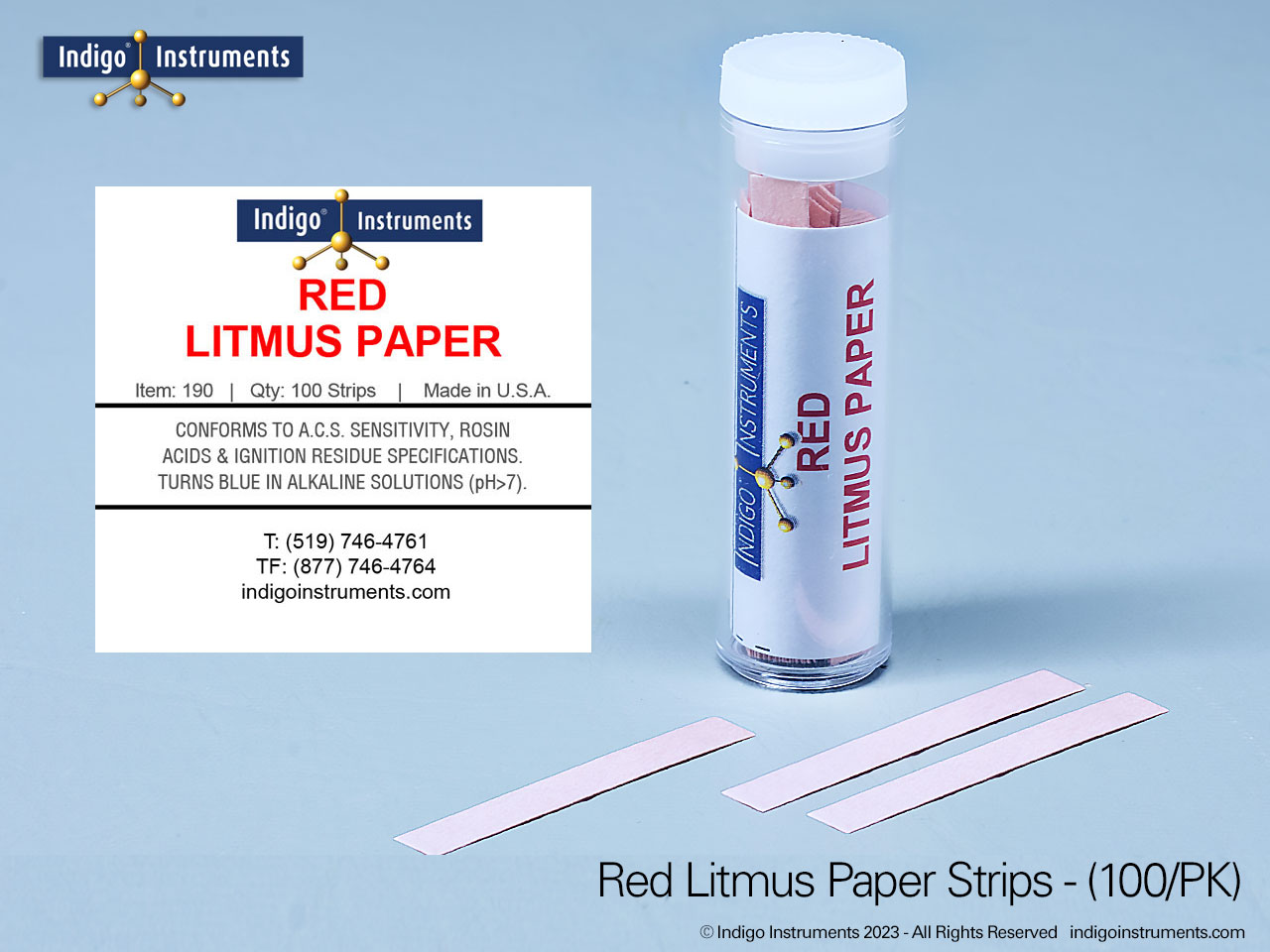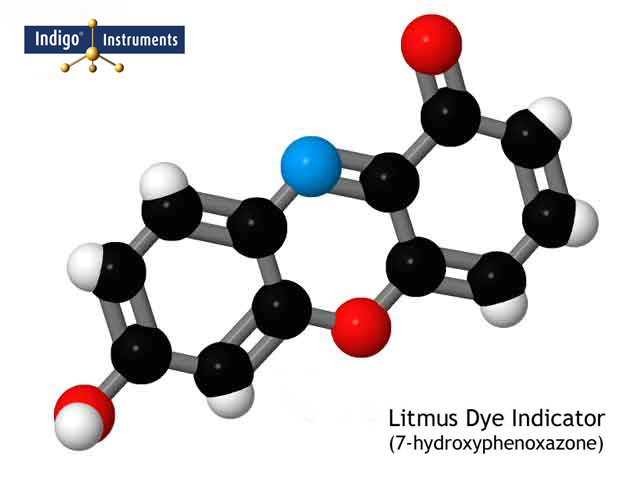100 Red Litmus Paper Strips
SKU: 33810-RV
Red litmus test paper turns blue when exposed to an alkaline solution; just dip a strip into the liquid & if it is basic, it will turn blue immediately; only $2.75
You can make wider/longer strips using the 200x250mm-8x10" blue litmus paper sheets which can also be used for water leak detection.
If you need more than a simple qualitative (yes or no) answer that a liquid is acidic or alkaline, we supply universal pH indicator paper sheets that are 8x10" (200x250mm).
Use pH4-5-10 test strips if you are measuring weak acids or bases since litmus paper is not very accurate between pH5.5-8.5.
Acidic or Basic Solution?
Litmus paper is a type of acid base indicator that uses a single chemical dye to determine acid or alkali (base) in an aqueous solution. It is not as precise as pH strips which can have multiple indicators of different colors & have a color chart that gives numerical pH values. As you go above pH 7 red paper litmus will undergo a color & turn a shade of purple before turning fully blue at pH 8.3. In this case, it can be referred to as alkaline litmus paper.

